Sri Ranganatha is the presiding deity of the ancient temple at Srirangapattana.
Picture1 – Ranganathittu Bird Sanctuary Islands
“Thittu” means a small mount / rise. Ranganathittu means islands of Sri Ranganatha. It is situated 16 Km from Mysore spread over an area of 67 km².
Picture2 – Stone Plover and Black Headed Ibis
Water to the sanctuary is fed by the backwaters of the dam built across River Cauvery. There are six islands formed here, which offer a perfect place for birds to nest and breed. We cannot thank Dr.Salim Ali, the famous ornithologist enough for identifying this avian treasure islands and persuading the then Maharajah of Mysore to declare the area as a bird sanctuary in 1940. If it was not for him we would have lost this paradise to ugly cement buildings.
Picture3 – Eurasian Spoonbill and Little Cormorant
This place is a heaven for bird enthusiasts as they get to enjoy and study both water and shore birds. A multitude of birds’ shelter on the trees in these islands and there is an orchestra created by the busy birds quacking and chirping. The birds migrate here from as far as Central Asia, Europe, Australia and China.
Picture4 – Stork Billed Kingfisher and White Breasted Kingfisher
A boat ride in the river is enjoyable and you can see the brilliant colors, gorgeous flights, playful acts of the denizens of the sky at close quarters.
Picture5 – Little Tern
Another attraction is the mugger or marsh crocodiles swimming around or lying still on the rocks bearing their teeth. If you are lucky you can see ecosystem symbiosis wherein the small egrets or plovers are busy cleaning the crocodile teeth. The former walking in and out of the latter’s mouth without fear!
Picture6 – Marsh Crocodile Smiling for the camera and Large Egrets
Around July is the time when you can see the amazing maze of Swallow’s nests built with mud just below the rocky ridges.
Picture7 – Pond Heron and Snake Bird
Water birds that we have spotted here are Painted Stork, Asian Open bill Stork, Eurasian Spoonbill, Woolly-necked Stork, Black-headed Ibis, White Ibis, Geese, Lesser Whistling Duck, Indian Shag, Stork-billed Kingfisher, little and large Egrets, Cormorants, Oriental Darter, Stone Plover, River Tern, Grey, Purrple and Night Herons. All of these birds have successfully nested here year after year.
Picture8 – Pied Wagtail and Munia
The land birds that we have spotted here are Streak-throated Swallows, Hornbills, Wagtails, Munia, Weaver bird, Malkoha, Bulbul, Sunbirds, Peacocks, Sparrows.
Picture9 – Open Bill Stork Swallow Nest and Weaver Bird Nest
Good time to visit would be early in the morning or in the evening hours. After boating, you have the option of climbing up the watch tower and watch the birds and crocodiles.
Picture10 – Watch Tower
Best months to visit are from October to December and again from May to July. But I feel it is great to visit this place anytime during the year. Each time the experience and sighting is different.
Picture11 – Open Billed Storks
Place Statistics:
Type of Place: Bird Sanctuary
Situated: Srirangapattana, Mandya District
Distance: 16 Km from Mysore
Transport: Well connected by road, can hire autorikshaws from Srirangapatna or taxis from Mysore
Timings: 8:30 a.m to 6:00 p.m
Tickets: Entry fee + parking fee + camera fee + boating
Facilities: Rest Room, Restaurant are available
Contact address:
Deputy conservator of forests, wildlife division, Mysore
For complaints: 0821 2481159
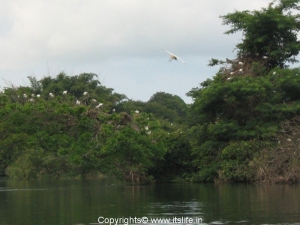
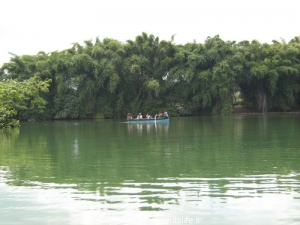
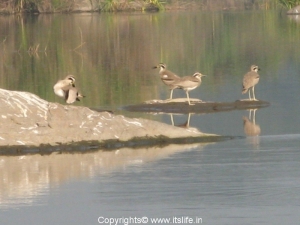
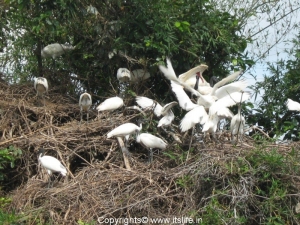
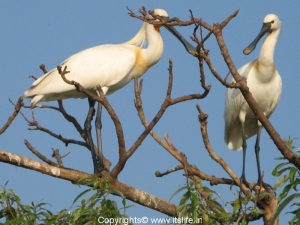
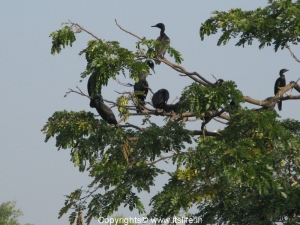
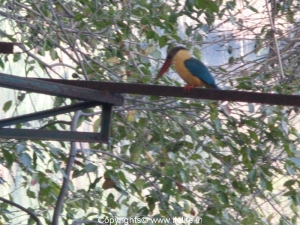

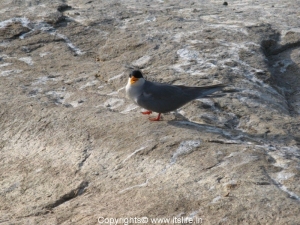
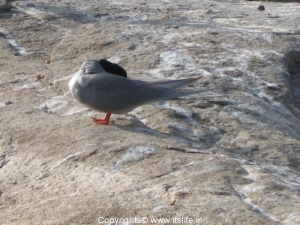
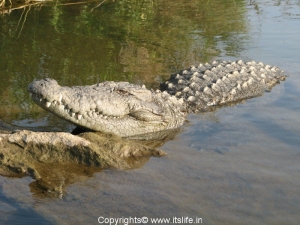
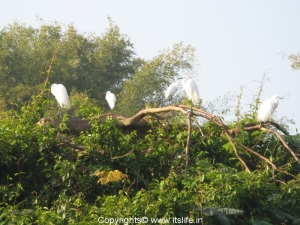
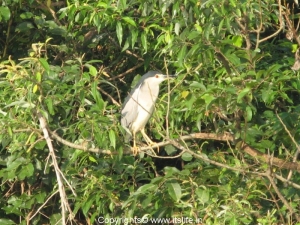
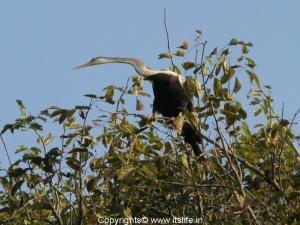
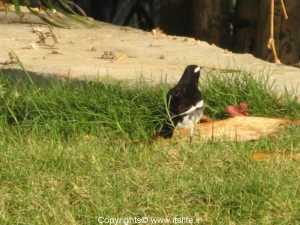
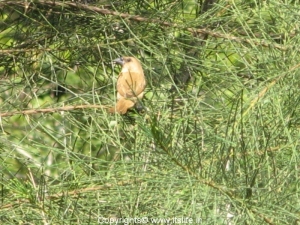
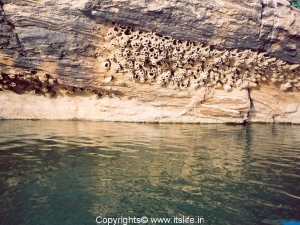
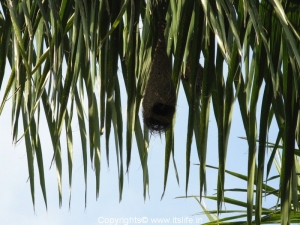
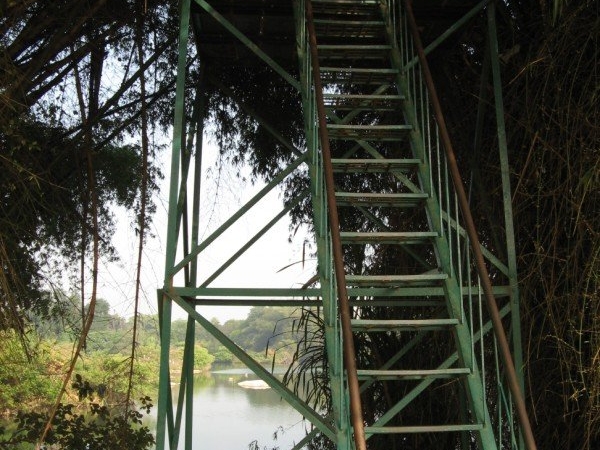
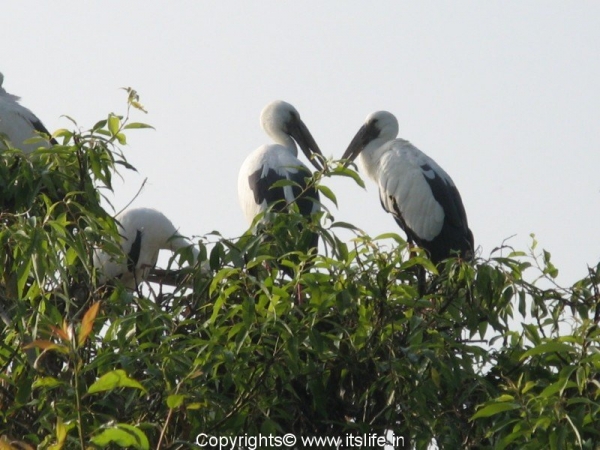
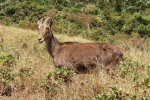
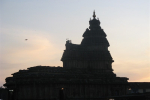
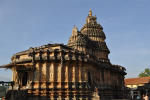
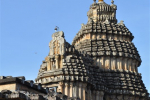
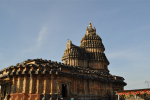
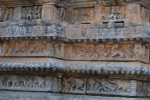
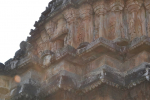

Lovely photos and nice place to visit.